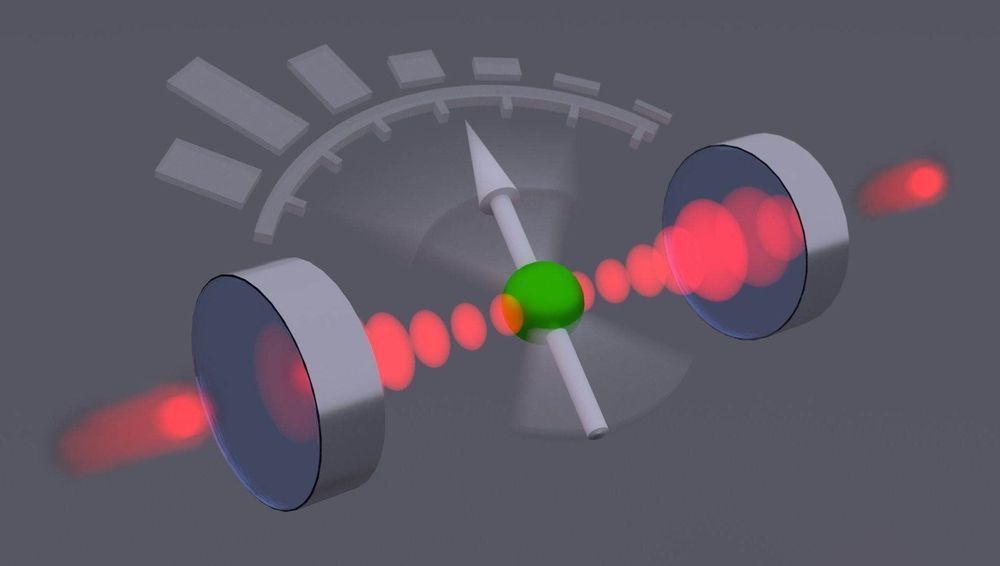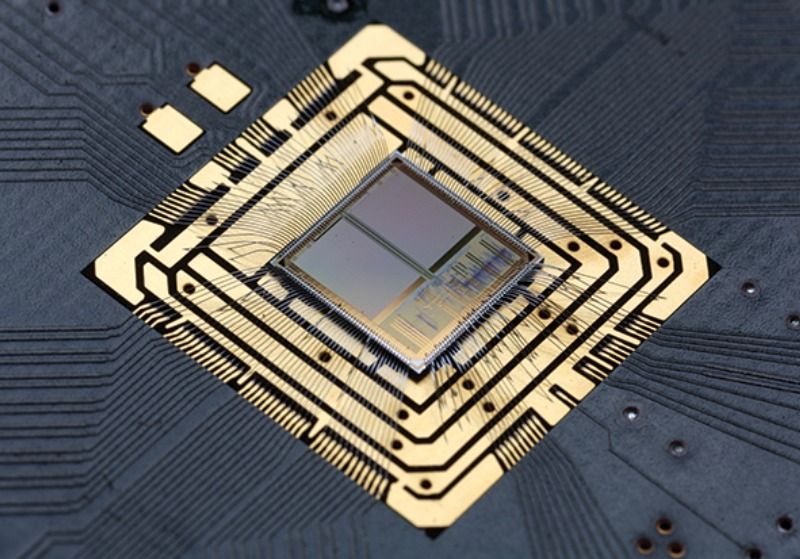Art for humanity via technology, for the music geek in you Enjoy:-)
Ge Wang is an assistant professor at Stanford’s Center for Computer Research in Music and Acoustics (CCRMA).
His research focuses on programming languages and interactive software design for computer music, mobile and social music, laptop orchestras and education at the intersection of computer science and music. Wang is the author of the ChucK audio programming language, as well as the founding director of the Stanford Laptop Orchestra (SLOrk) and the Stanford Mobile Phone Orchestra (MoPhO). He is also the co-founder of Smule (which makes social music making apps and has over 100 million users) and the designer of the iPhone’s Ocarina and Magic Piano.
In the spirit of ideas worth spreading, TEDx is a program of local, self-organized events that bring people together to share a TED-like experience. At a TEDx event, TEDTalks video and live speakers combine to spark deep discussion and connection in a small group. These local, self-organized events are branded TEDx, where x = independently organized TED event. The TED Conference provides general guidance for the TEDx program, but individual TEDx events are self-organized.* (*Subject to certain rules and regulations)



